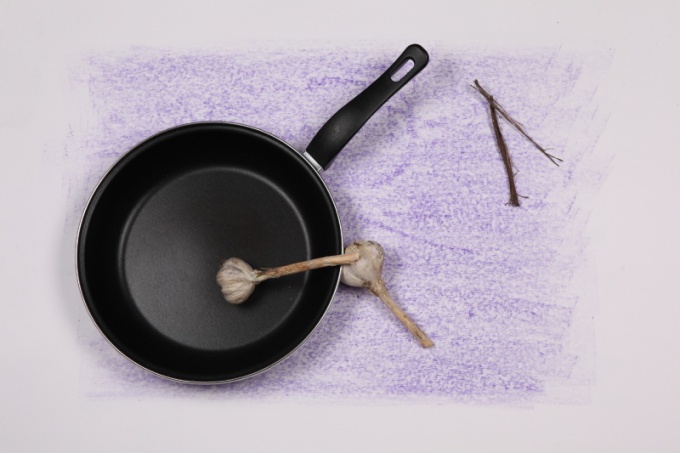You will need
- - big pot (decoction);
- - 2 tubes of liquid paper glue;
- package or bottle of soda (caustic) soda;
- - bar of soap;
- - grater;
- - personal protective equipment (rubber gloves, scarf or hat, respirator or gauze bandage on the face).
Instruction
1
This megacity dishes can be done about once a year. For example, before Easter. Using this method, you can not only remove the carbon deposits from the pans, but nasty plaque with enamelware. Put on the fire, the evaporation half-filled with water. It is best to put the pot on the stove, then fill it with water and then turn on the fire.
2
While the water heats, prepare the ingredients (clay, soda), grate the soap. Be sure to wear an apron, rubber gloves, protect your hair with a shower cap, and breath – gauze bandage or a respirator.
3
When water in saucepan starts to boil, add the soap shavings, glue and caustic soda. Mix that all components have dissolved.
4
Now you can lay the utensils. Without turning off the fire, put on the bottom of the digesting with a cleaning mixture of cast iron pans, enameled lids and pans. Leave them to boil in the solution for an hour and a half. At the time of the process, open the kitchen Windows, turn on the extractor fan and close the door to the living room.
5
After half an hour turn off the heat and start to get out of the boiling water over the dishes. It is very important to remove it from the solution, while he was still hot. You will see that enamelware was fresh and clean as new, and Nagar with the old pans went black flakes.
6
When the cookware has cooled slightly, wash it thoroughly with detergent, and then rinse. If somewhere in the pans remained Nagar make sure you clean it with a wire brush. All of your dishes.
Useful advice
There are more radical means of purification of black carbon deposits from the pans. For example, for apartment, in need of repair, fit this:
1) Put the pan on the fire;
2) Wait until the whole thick black patina will fade and begin to move the pieces (this may take some time), trying not to gasp and say "goodbye" to the hood and Wallpaper;
3) At the end of the process to clean off the remnants of the carbon deposits with a wire brush or a knife;
4) to Appease the neighbors and firefighters arrived.
1) Put the pan on the fire;
2) Wait until the whole thick black patina will fade and begin to move the pieces (this may take some time), trying not to gasp and say "goodbye" to the hood and Wallpaper;
3) At the end of the process to clean off the remnants of the carbon deposits with a wire brush or a knife;
4) to Appease the neighbors and firefighters arrived.
